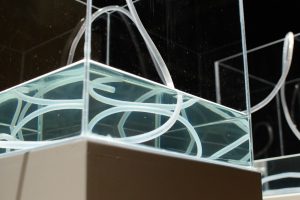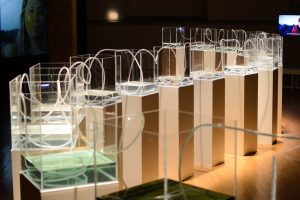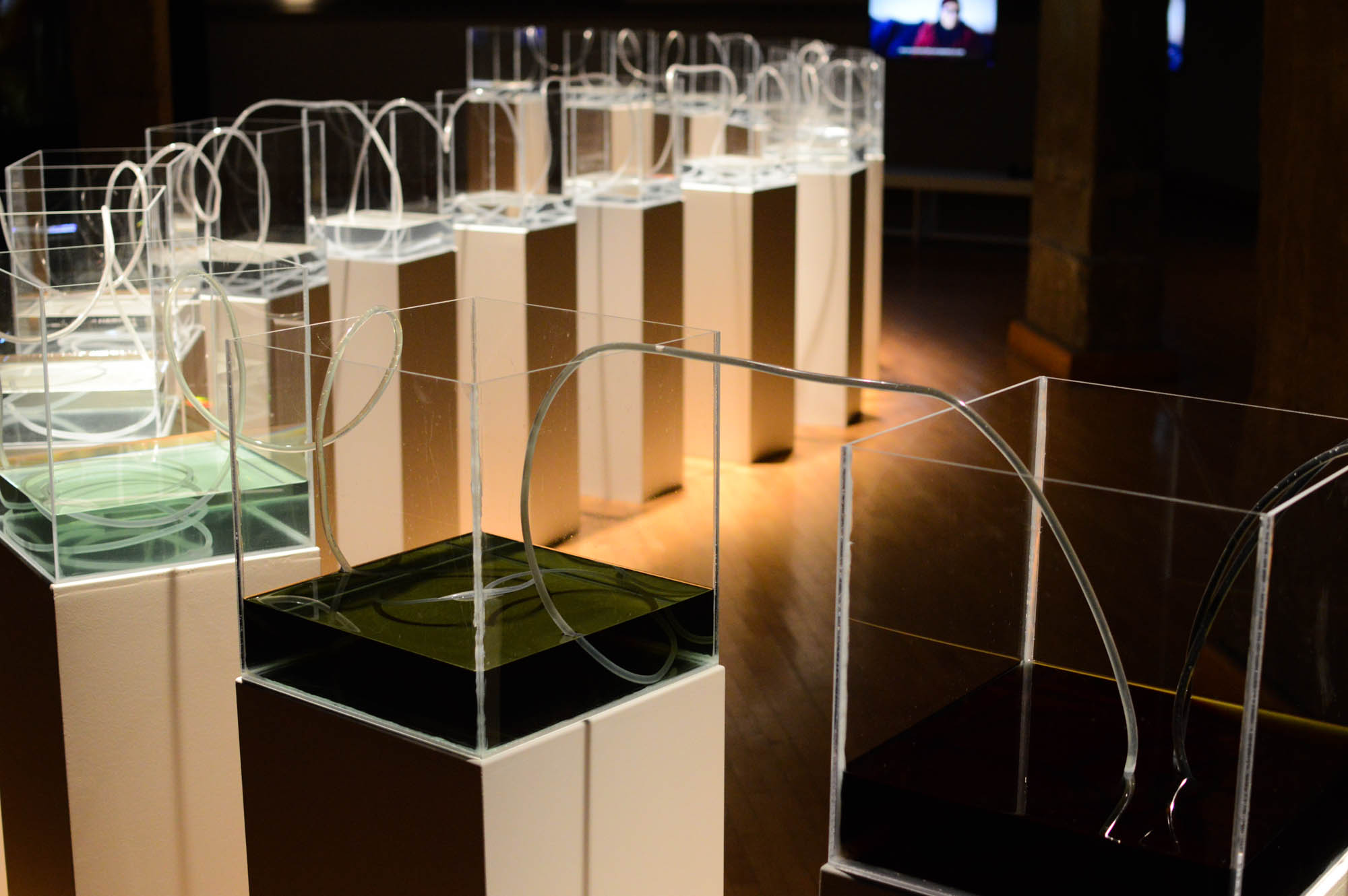Birds Crossing Borders creates a collective memory
Home and identity are important themes concerning one’s individuality. So how do people displaced by conflict deal with the deep-rooted trauma that arises from events such as war? How do victims reclaim their identity and find a safe space?
Khadija Baker’s Birds Crossing Borders, a multimedia installation that includes sound, video and a performance involving falling water, aims to develop consciousness and remembrance through storytelling, with the ultimate intention of creating a collective memory.

A multi-disciplinary artist of Kurdish-Syrian descent, Baker’s cultural identity is present in her works. She shares the stories of refugees who have been displaced by the current conflicts in Syria. Her performative, video and sculptural installations explore socio-political themes, specifically in relation to identity, displacement and traumatic events such as war. Recurring themes in her works delve into unsettling feelings associated with the idea of home and aim to promote an understanding of cultural complexities.
Consisting of multiple screens highlighting the collective stories of refugees, Birds Crossing Borders reflects on the shared memories of home, particularly in relation to the identity shared by Syrian refugees.
“We are used to estrangement in many places. Even in my own country, I felt the estrangement,” shared one of the men featured in Baker’s compilation of recordings.
Addressing these sentiments of estrangement from one’s native land or hometown allows the viewer to further recognize the importance of home and the significant impact displacement has on those affected by war.
The exhibition creates a space of understanding and empathy by leaving room for discussion. The sharing of these collective stories serves as the representation of refugees and victims of war.
While the stories in the exhibit describe various individual struggles, Baker’s performance highlighted a unifying theme present among their experiences, by shedding light on the struggles of integrating into a new community.
Her performance focused on the identities of newly arrived refugees. With no distinct description, its primary purpose was left to the audience’s interpretation. Moreover, the nature of the piece demonstrated the prejudice associated with immigrants and refugees.
The centrepiece of the performance itself consisted of 14 transparent boxes. Each box contained varying amounts of water. A balloon filled with black water hung above the first box as a symbol of the common judgement of refugees as “contaminated.”

Barker began by squeezing the black water from the balloon into the first box. The water began to travel through a tube that connected each box to one another, and the remaining 13 boxes slowly began to fill with the black liquid. This illustrated what could be perceived as “contamination.” By the end of the performance, each box contained the same amount of water. The black liquid mixing with the water in the boxes is meant to demonstrate the integration of refugees, Baker explained. Although at first, they can be seen as “disrupting” the flow of society, in the end all will balance out. Society will equalize over time, Baker said; refugees want to contribute to society, and they do.
“Each human has to be an effective person. If we all long for and become attached to our identity in its limited meaning, we won’t reach any place,” said one of the refugees highlighted in Baker’s videos. “You chose a place to live in, and you have to be loyal and integrated and positive and interact within [it].”
Birds Crossing Borders is on display at Montréal Arts Interculturels (MAI) until Oct. 13. The gallery is open Tuesday to Saturday from 3 p.m. to 6 p.m.




